|
The work of this month’s Spotlight artist is largely comprised of dark subject matter and splintered forms which dwell in an environment all their own. These are not merely static images, or moments arrested in time, the distorted atmospheres of his work allow for the forms to breath and move. The viewer is left with the impression that this is beauty born from darkness. A shattered mirror of reality, which in it’s splintering reveals the deeper temporalities of, not only his muses, but also the medium in which he is working. We proudly present our final artist for the year of 2017, our December Spotlight: Mortimer Dempsey. 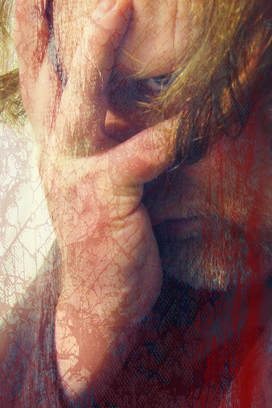 Mortimer Dempsey is the artistic nom de guerre of Scott Aaron Stine. Under this thinly-disguised pseudonym, he has been producing art since the late-1980s inspired primarily by old-school surrealism, with Francis Bacon and Marcel Duchamp wielding the greatest influence over his work, both aesthetically and thematically. That said, he cites the whole of modern art as relevant inspirations, particularly cubism, abstract expressionism, impressionism and art nouveau. Some of his favorite artists also include Salvador Dali, Alphonse Mucha, Leo & Diane Dillon, Maxfield Parrish, Max Ernst, Hans Bellmer, H.R. Giger, Alberto Giacometti, Robert Rauschenberg, Gunther Brus, M.C. Escher, and Jeffrey Jones. Some non-art related—but equally-profound—influences on his work include Einsturzende Neubauten, Dario Argento, Skinny Puppy, H.P. Lovecraft, Annie Sprinkle, Harlan Ellison, Abbie Hoffman, Mary Wollstonecraft Shelley and Sergei Rachmaninoff. Out of sheer necessity, Mr. Dempsey embraced the world of digital art circa 2010, in spite of his technological illiteracy. Drawing on decades of exploration into more traditional mediums, he sought to create visions that he could not achieve through purely non-digital means. This also gave him a greater opportunity to employ the “cut-up technique” as pioneered by Tzara and later perfected by Burroughs and Gysin, transposing the experimental literary method into a purely visual idiom. Much of his work employs this process, randomly combining photography of his own and others with sordid “stock” images usually culled from crime scene photos, hardcore pornography, graphic surgery footage, and the like. Aside from his reliance on art as catharsis, the artist's goal has always been to create something aesthetically pleasing—even beautiful—out of such disparate, unpleasant sources; any successes are entirely up to the viewer. Mr. Stine has had a lifelong obsession with the macabre and the grotesque. He is an unrepentant fan of the horror genre, and as a professional writer has written extensively on every aspect of it throughout the years. He can lay claim to being an award-winning, published short story writer as well (under the nom de plume of Reginald Bloom), although he hasn't penned any fiction (horror or otherwise) in over a decade. He also had a short stint as a “punk” artist and an independent comic book creator during the late 1980s/early 1990s. His work for both (usually under the indecorous nome d'arte of “Scum”) included a one-shot comic book and countless album covers and t-shirt designs for local hardcore and metal bands. He is also a part-time musician, his work having appeared on several local compilations in years past. He currently has an associates degree in both Graphic Design and English Tutoring. Mr. Stine also thinks he is a “really funny guy,” although most people would be quick to argue with this obviously biased opinion. When writing personal bios and the like, he prefers to refer to himself in the third person because he ”likes how pretentious it sounds.” He is a lifelong native of the Pacific Northwest, having spent most of his forty-eight years living in Lake Stevens and Everett, Washington. He self-identifies as a godless, left-leaning, sexually-fluid misanthrope. His ever-growing distaste of humanity is only tempered by his intense love of cats and cheap wine. If he could spend a day with any of his idols, it would be Edgar Allan Poe (historical) or Barnabas Collins (fictional). His likes include disposable pop culture from the 1950s/60s/70s, Chinese cuisine and collecting old paperback books. His dislikes include conservative ideologies, leaving the house, and people who cannot discern between “there,” “their” and “they're.” Any more of this twaddle, and it will start sounding like an “about me” entry from a tawdry online dating site... Museum quality reproductions of my work (on canvas and the like) can be obtained through Saatchi Online at: www.saatchiart.com/mortimerdempsey More economically priced (but still quality) reproductions of some of these pieces can be purchased directly from me through my Facebook profile at: www.facebook.com/scott.a.stine
3 Comments
J. Mazzocco
12/12/2017 03:03:53 pm
Off The Grid!!! Icy Creeps!!!
Reply
THEE ND.
12/15/2017 07:38:10 pm
-FABULOUS !
Reply
Leave a Reply. |
A great specter is looming over the art world: the specter of Inter|Sekt. For far too long we have watched the artists of our generation turned into a disposable commodity, bought and sold by the galleries, stifled in their expression by the tastes of the art consultants who purchase pieces on behalf of financially minded clients who want a "solid investment".
They have been amalgamated into schools, said schools are a device of gallerists and art historians to divide and conquer the creatives and free thinkers. For we live in a nation which thinks itself to be free yet is not, they expect the same of their artists. Our culture has been raped and plundered by the upper echelon, picked apart and sold by the same greed mongers who claim to be it's patrons. The tool which has most effectively stunted the growth of modern American art in particular is the clever indoctrination of this idea of schools to not only the art student but anyone whom even reads a brief survey of the history of art sees that it is broken up into these categorized schools; the philosophies of these various sects creates conflict, division, and ultimately destruction of the morale and submission to the established order. Thus rendering the creative spirit confused and useless. This helps curb the rebellious spirit of the average citizen outside of the art world in other spheres of society. Art history is a lie and galleries are dens of thieves! Inter|Sekt is not destroying the schools or the galleries, we are simply showing you they were never real, at least not in a world outside of that constructed by academics to sell text books to art students. The reign of the gallerists and art consultants is over when you want it to be. From the ashes of the indoctrinated schools of every form of art shall arise The New World Creative. -Steven Lee Matz- The inter|sekt manifesto
CategoriesStaff
Jim Mazzocco Archives
September 2021
|

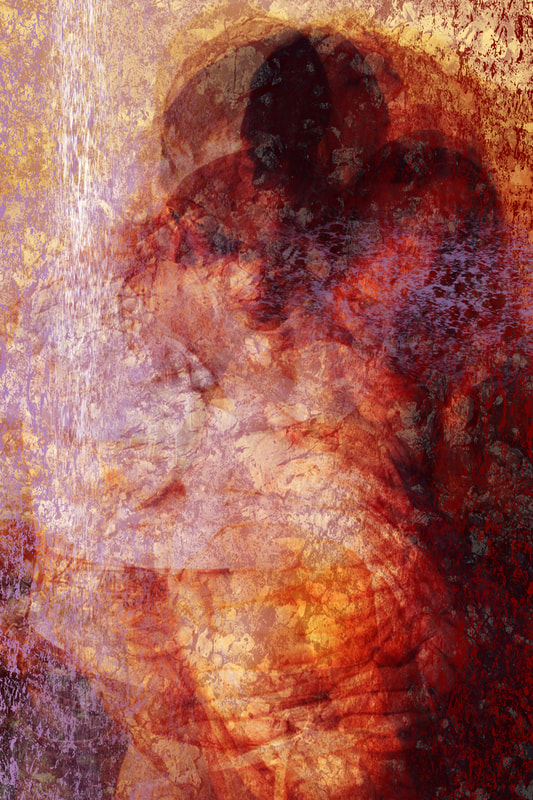
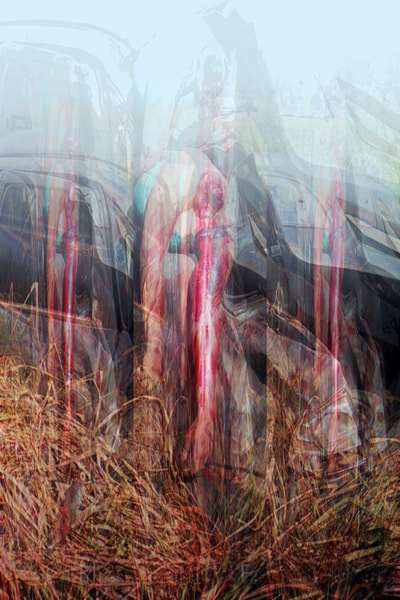
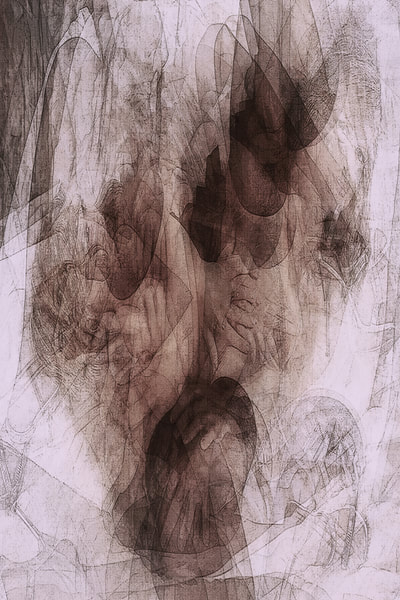
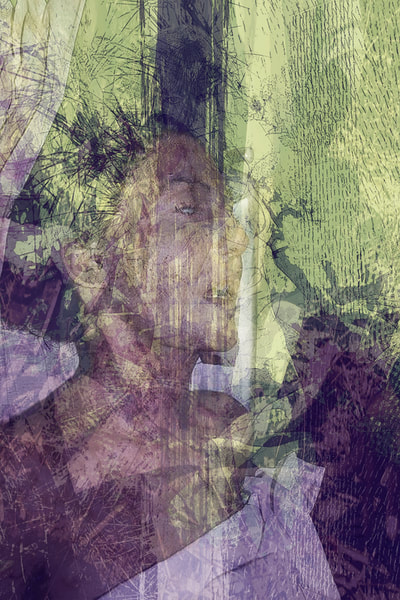
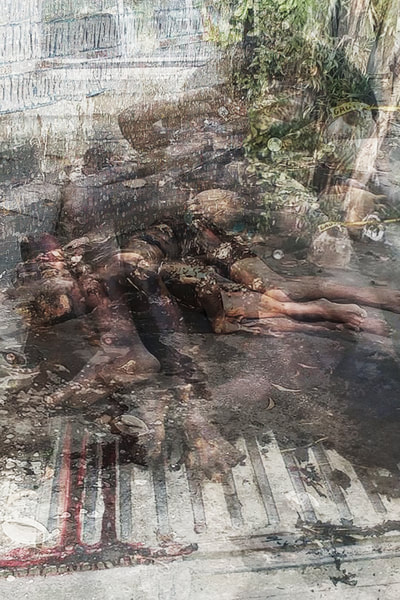
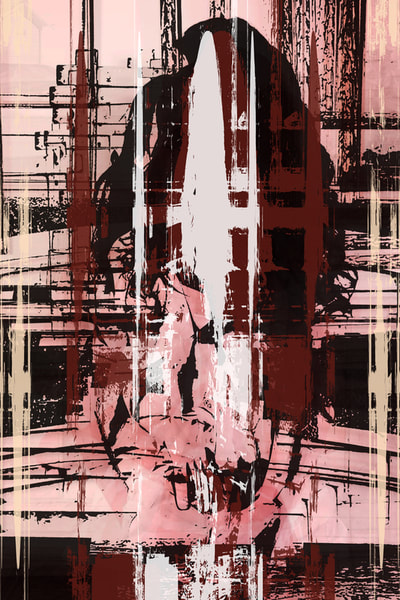
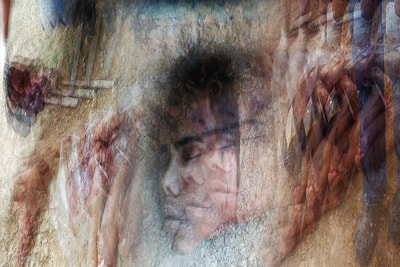
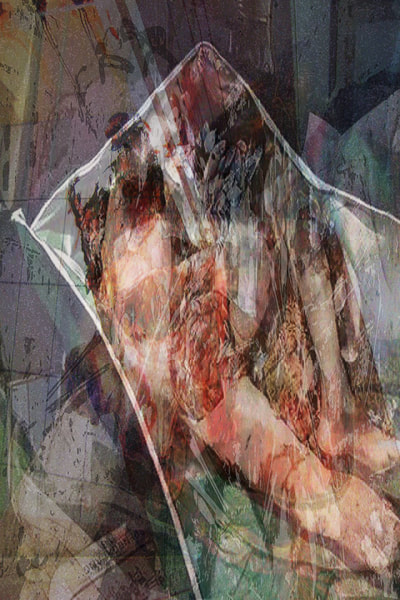
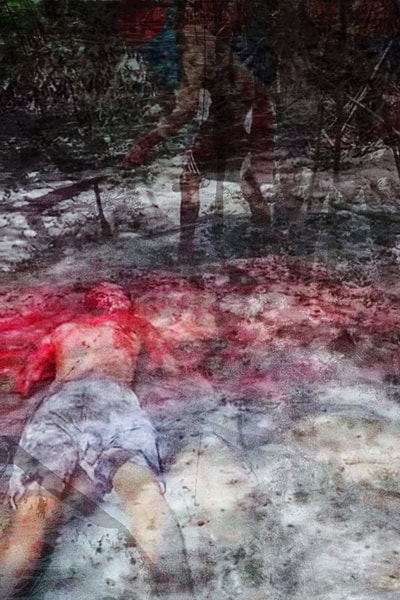
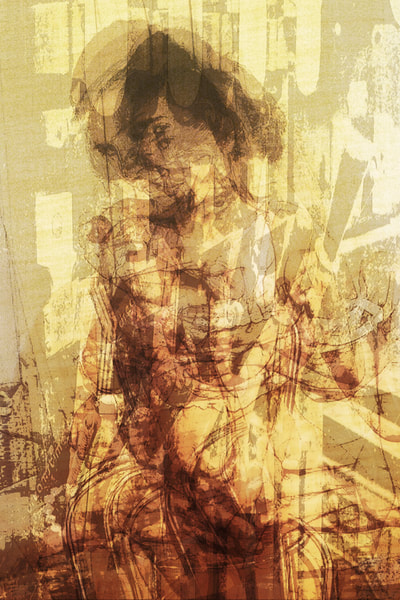
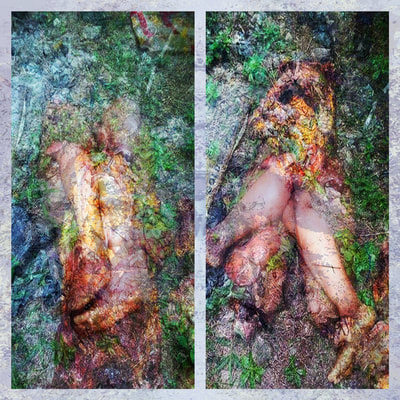
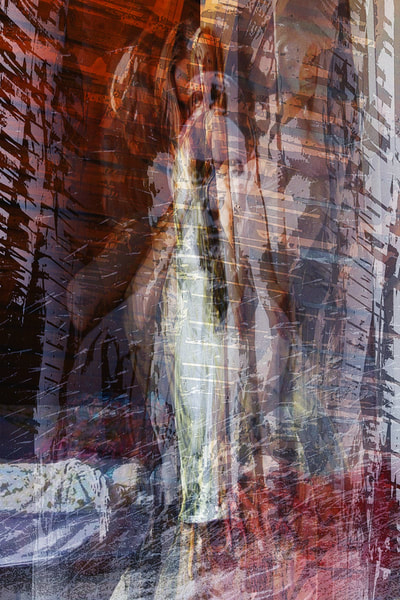
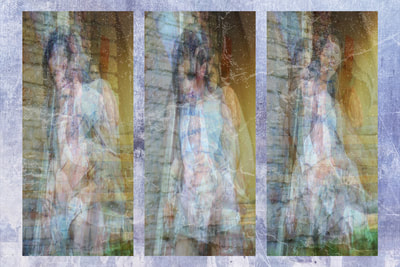
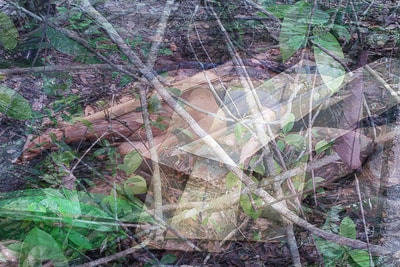
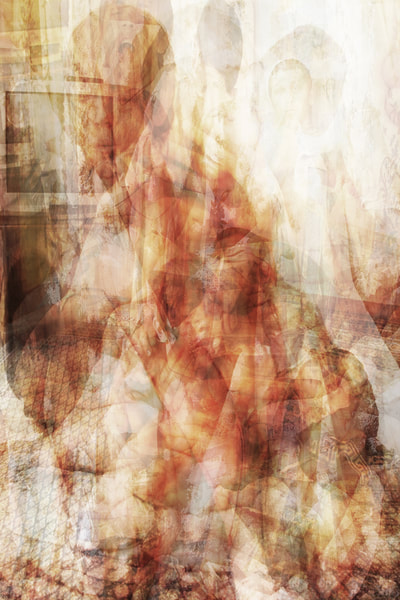
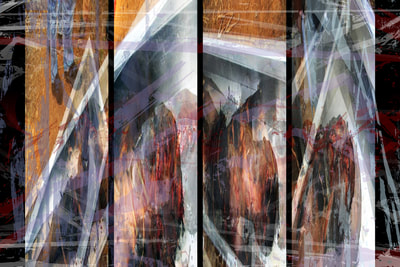
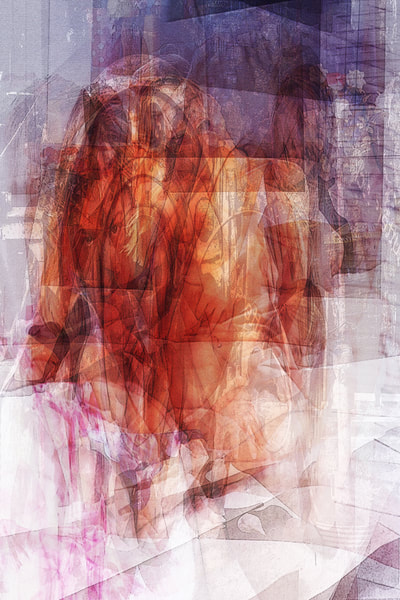
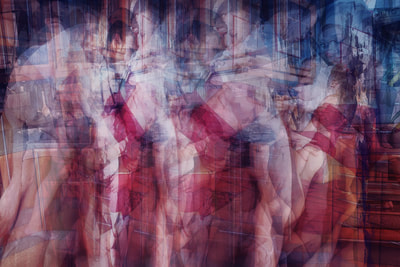
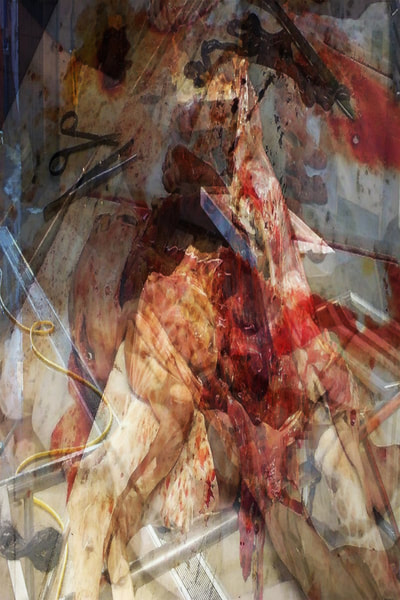
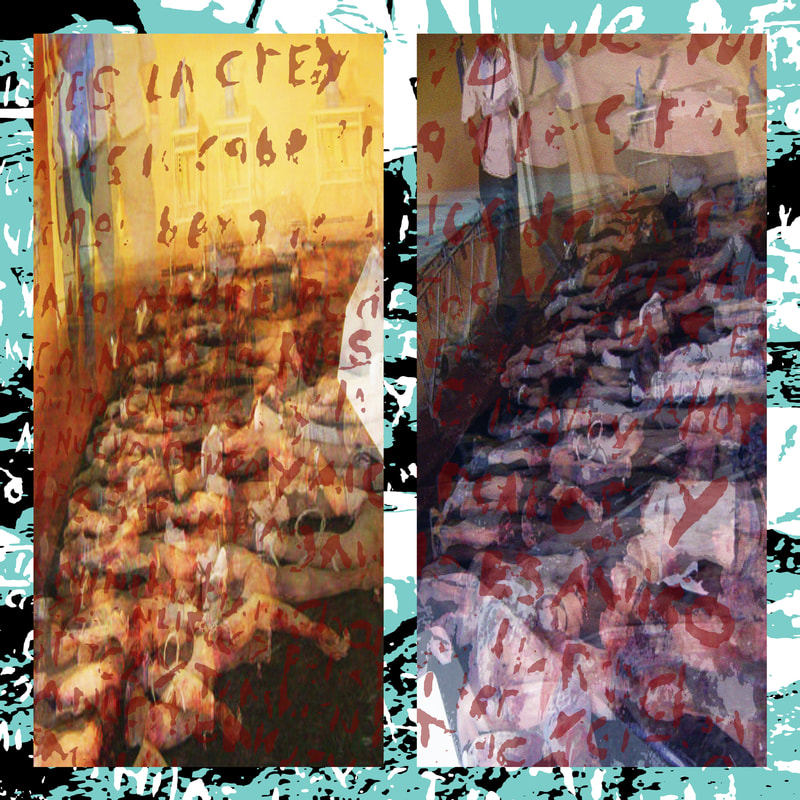
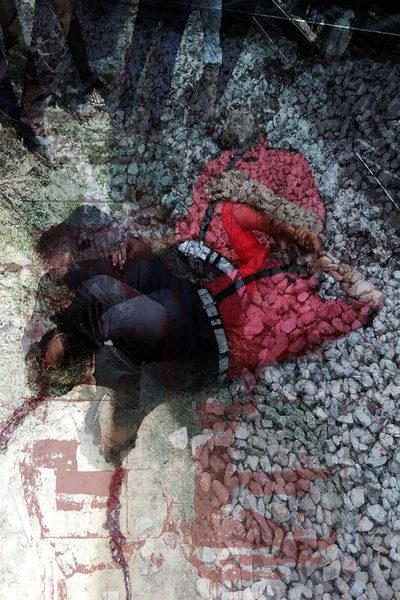
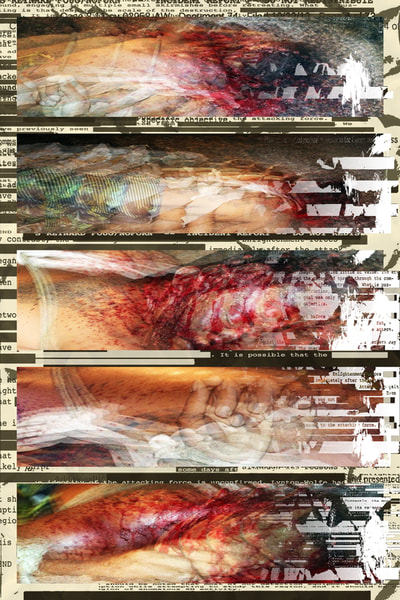
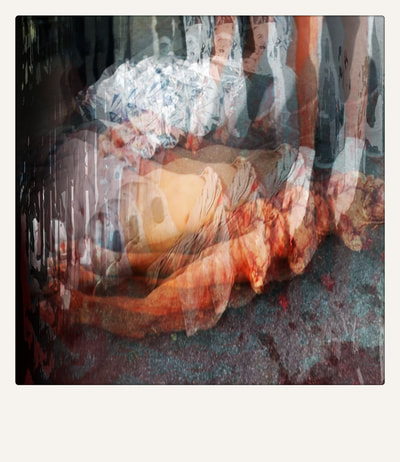
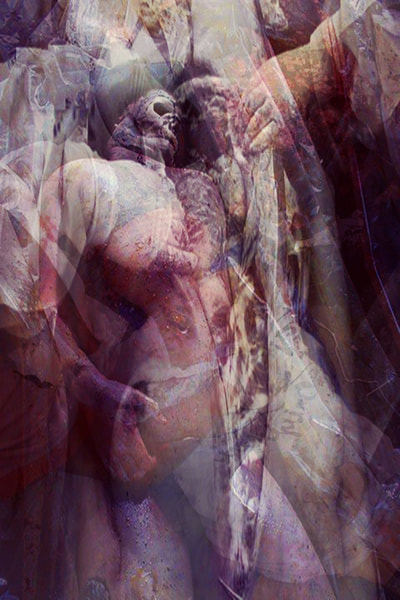
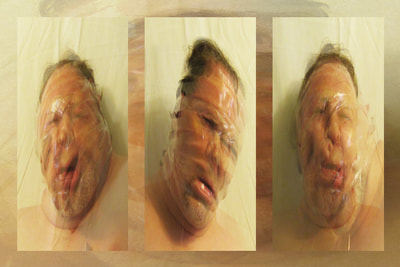
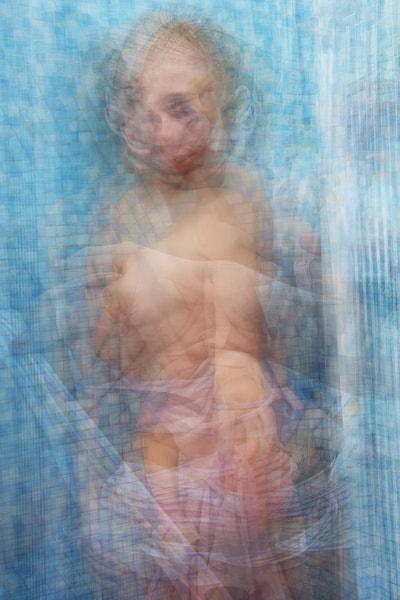
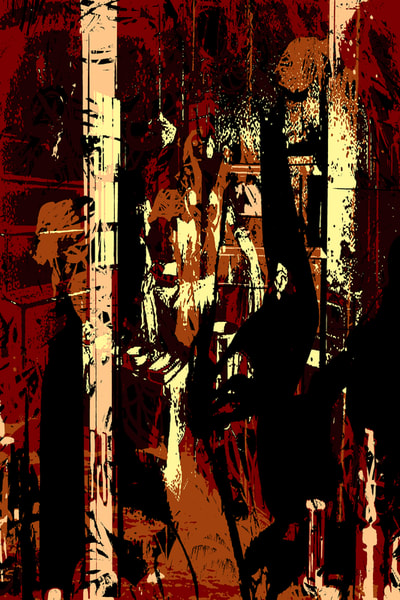

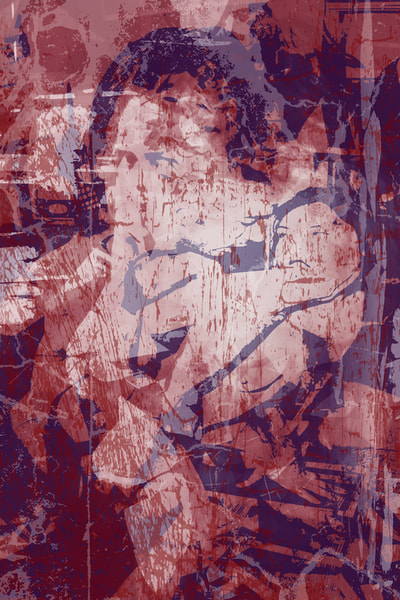

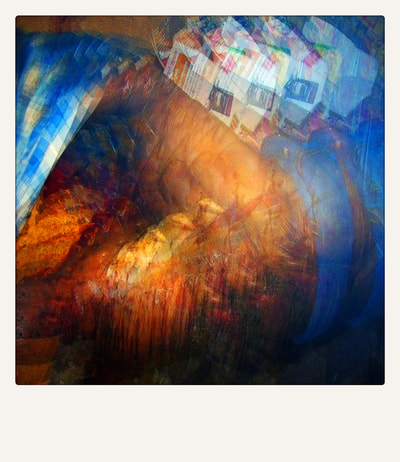
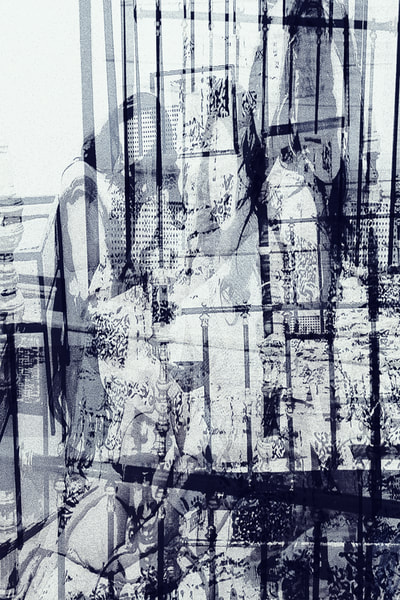
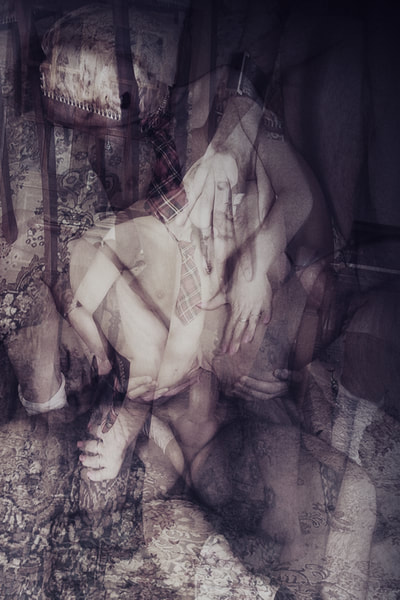
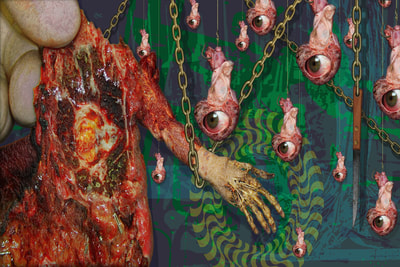
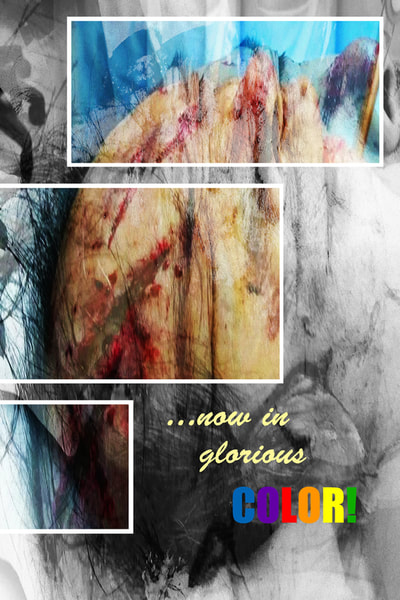
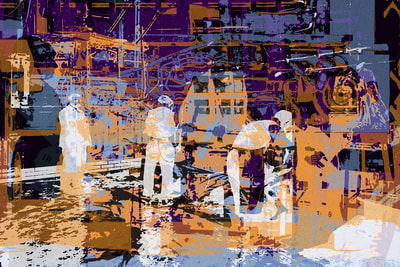
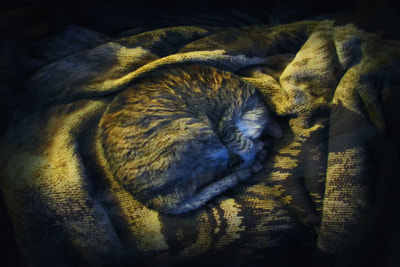
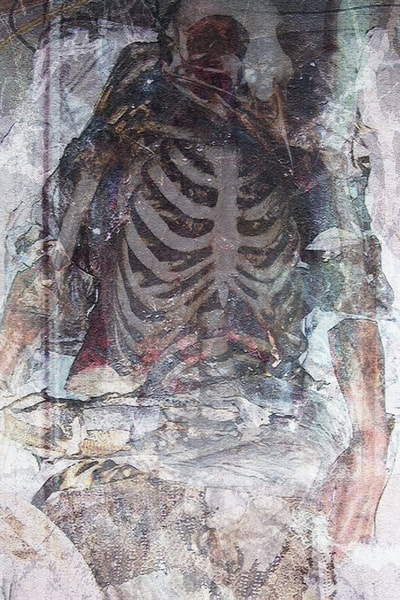
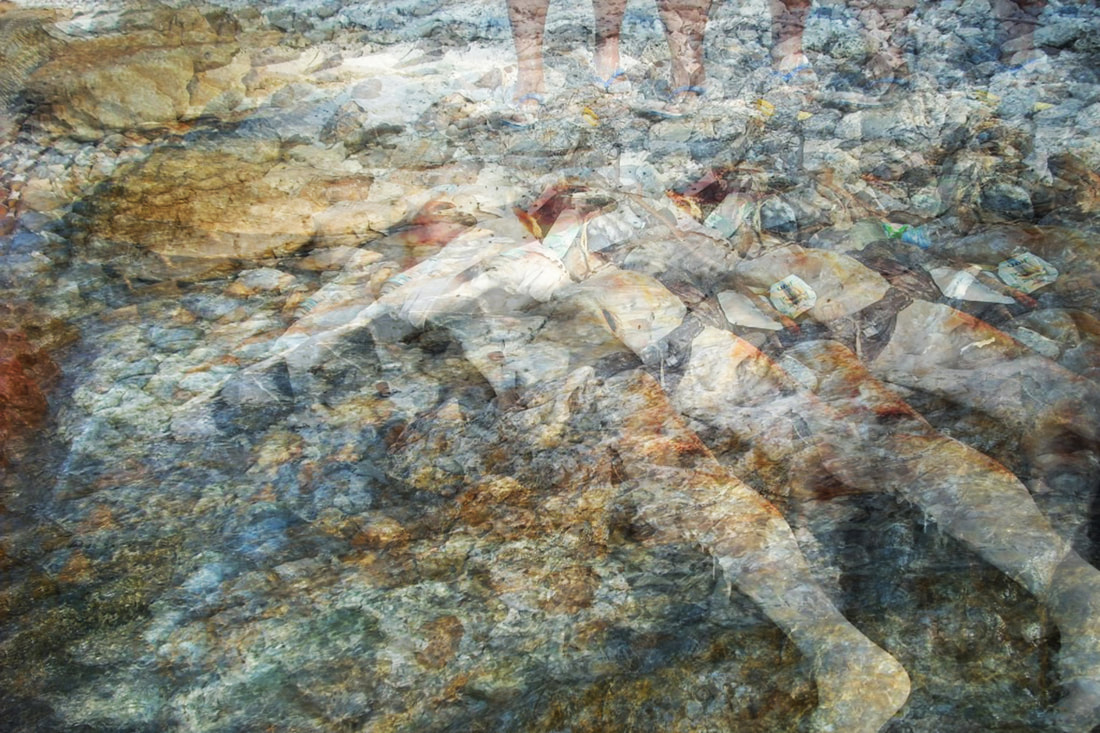
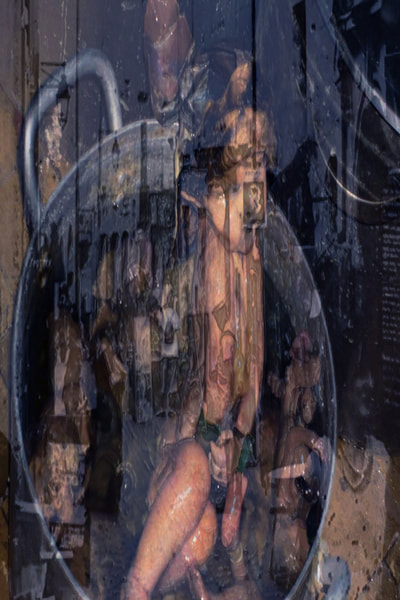
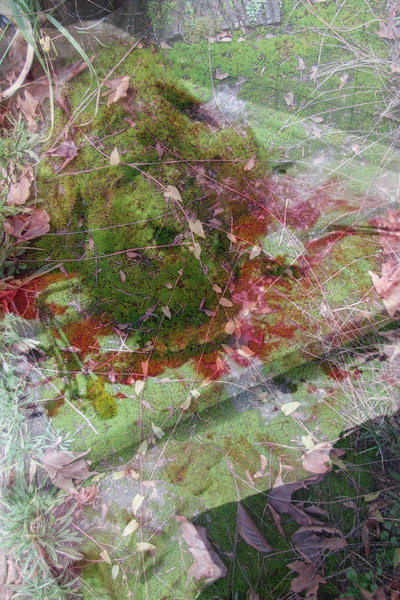
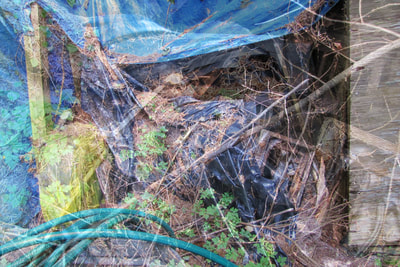
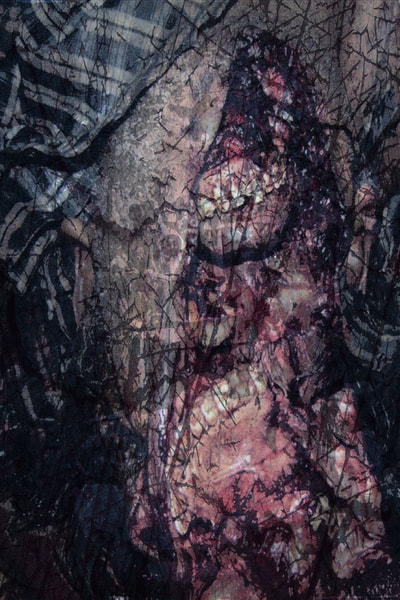
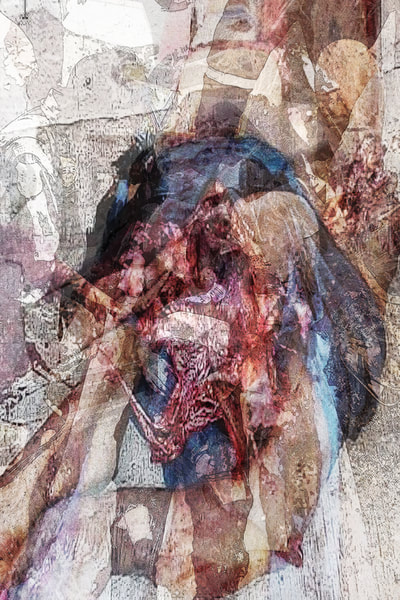
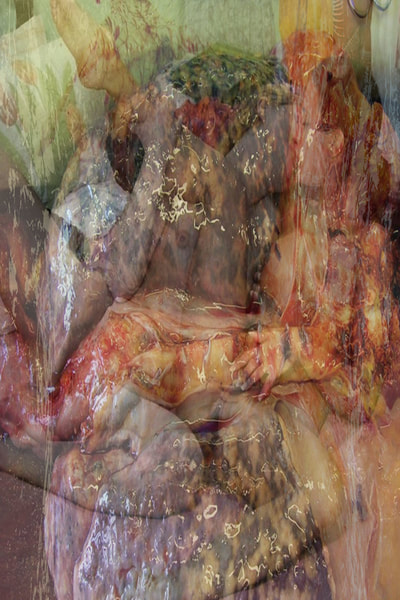
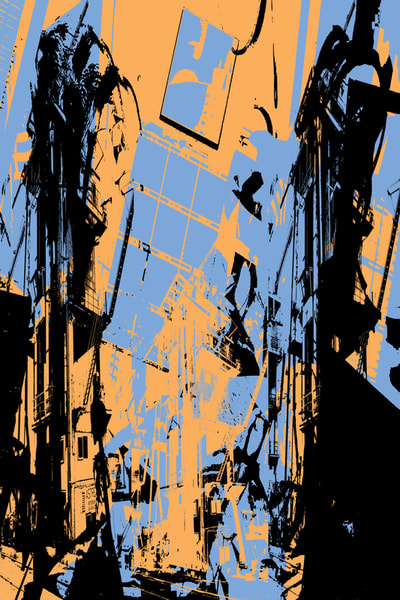
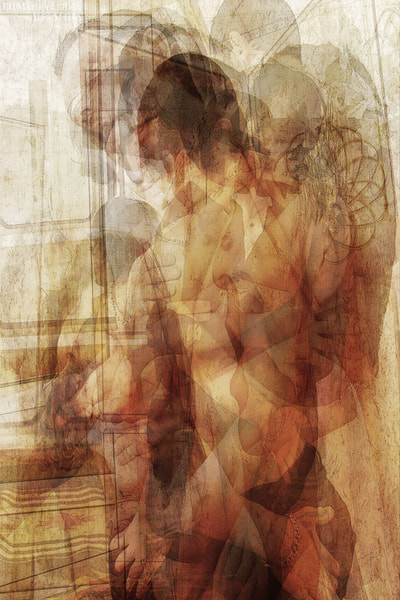
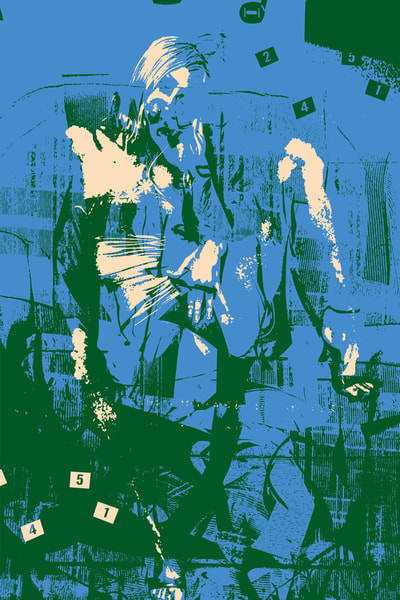
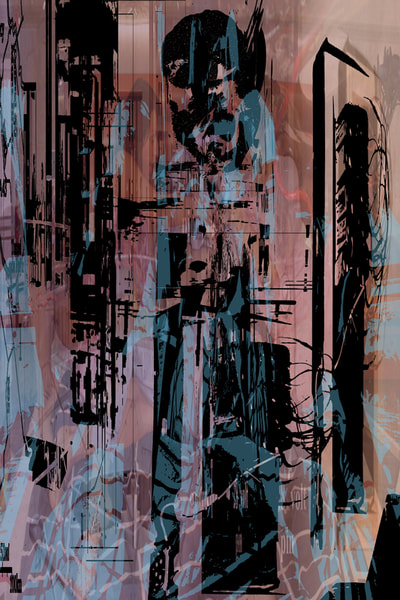
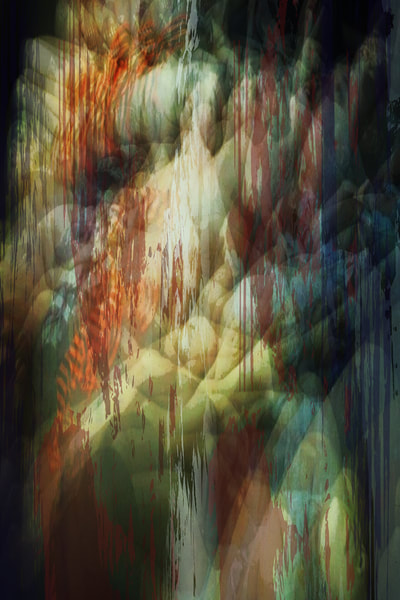
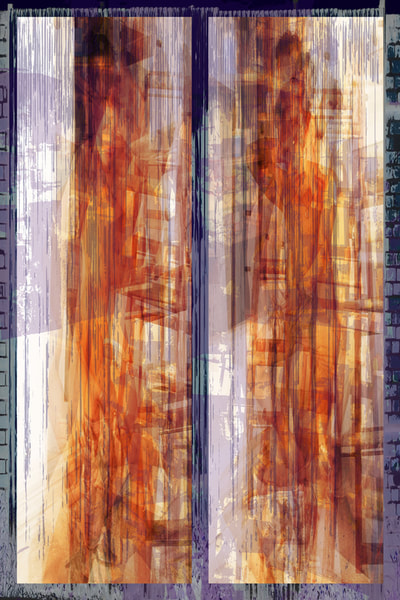
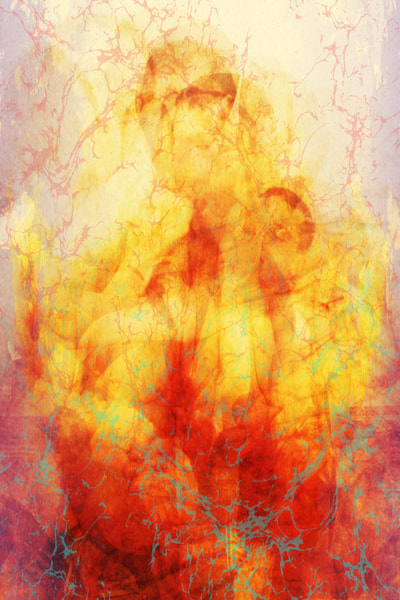
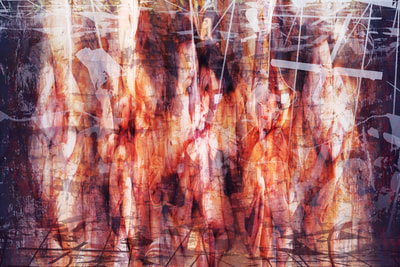
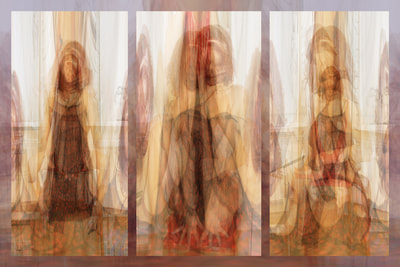
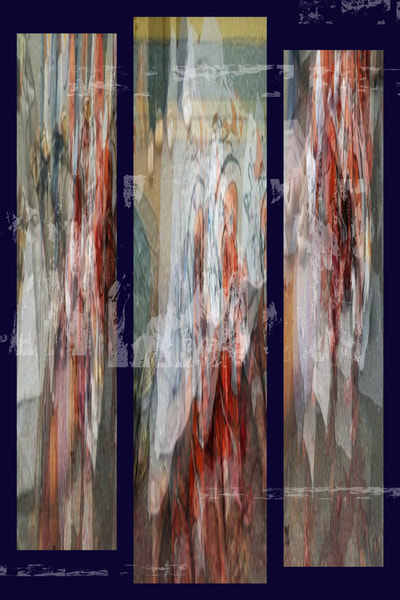
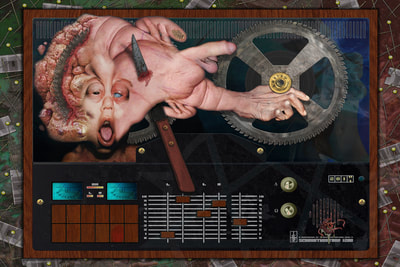
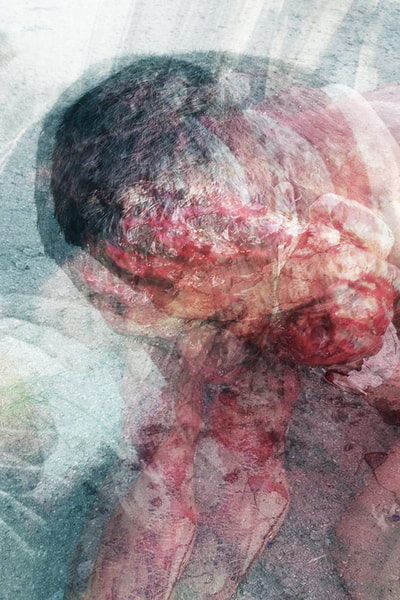
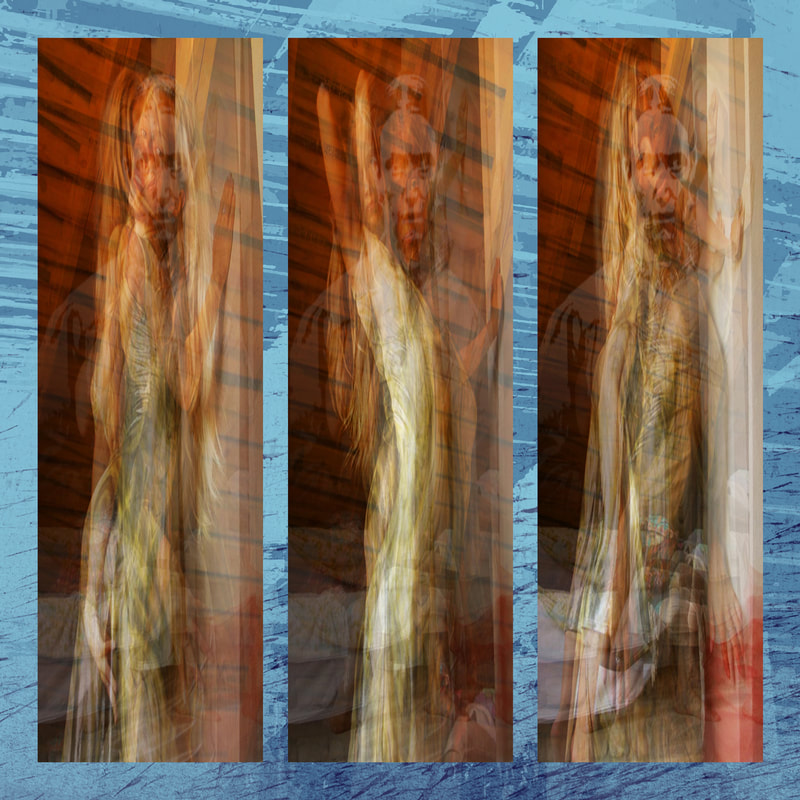
 RSS Feed
RSS Feed
